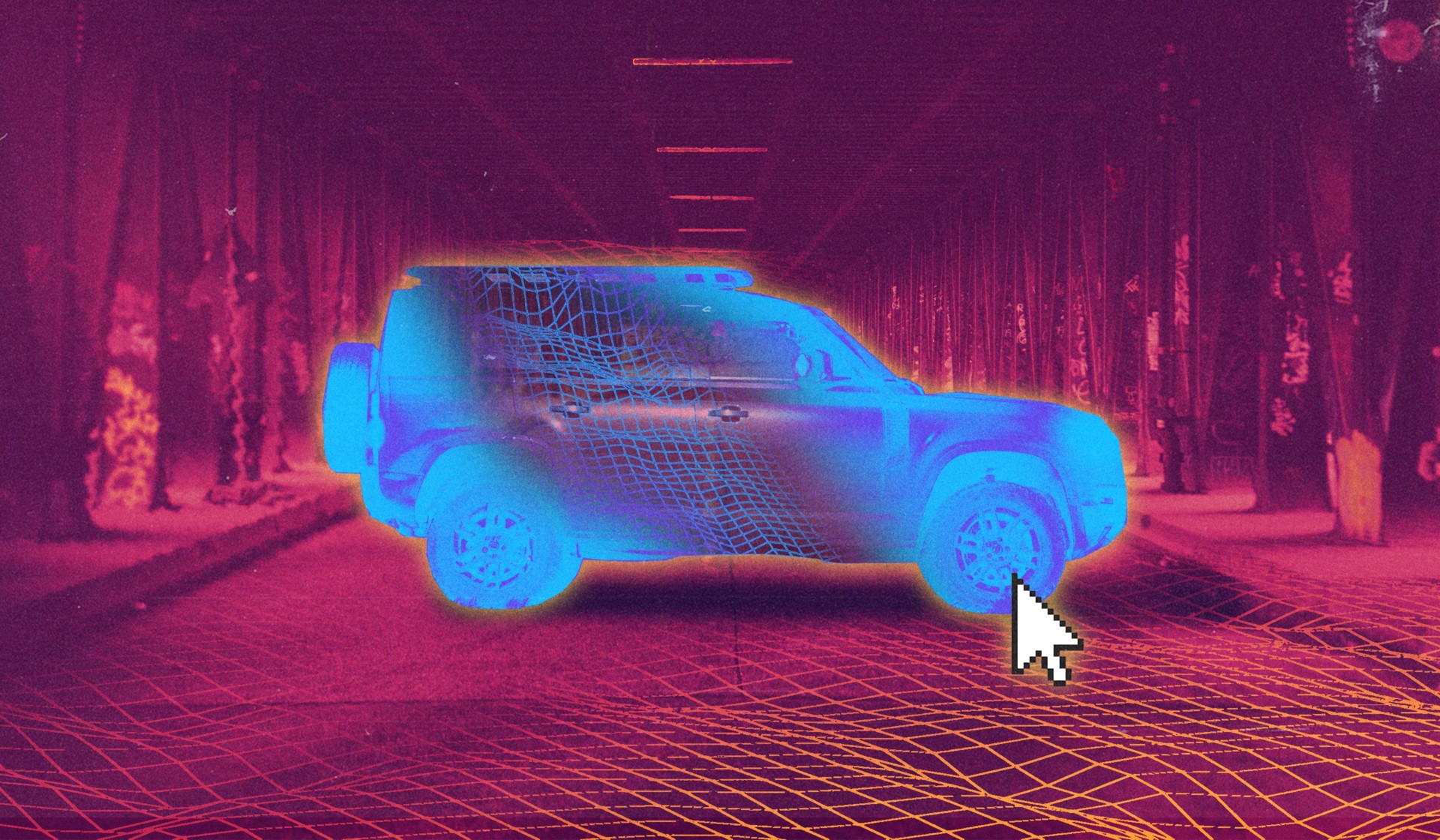3D animation is a powerful tool for selling products, sharing powerful messages, breaking down complicated processes, and creating interactive experiences. It’s a versatile form of media that can take many forms: passive, interactive, and even immersive. In this day and age, tech companies are fighting to produce next-level content, and it’s no different with 3D animation. How can your company stay ahead of the curve when it comes to 3D? Today we’ll define what makes great 3D animation and the steps to create it.
Defining 3D animation
Before we get into the process of creating 3D animation, what exactly is it? 3D is animation that utilizes three axes rather than two. Beyond the x and y axis found in 2D, 3D uses a z axis to enable the creation of objects and sets that take on a lifelike feel. 3D animation doesn’t have to be hyperrealistic—after all, some of the most talented animators, like Pixar, stick to a stylized approach that has captivated audiences for decades.
What makes great 3D animation?
1. Great 3D animation tells a meaningful story
3D animation, like other media, must be story-driven. This means that from the start, you and your team need to be clear on what story you are trying to tell with your animation. Are you trying to help your employees learn a new technique or process? Are you sharing new product features with eager customers? Whatever message you’re hoping to share, make sure you discuss this with your animation team early on to ensure the finished product makes an impact.
2. Great 3D animation is consistent and committed to a given style
Like we said above, what makes Pixar beloved by so many is their commitment to a given style. And even though their animation quality and style has grown and changed over the years, each feature film remains consistent to their overall brand and messaging. When it comes to your next 3D project, it’s important to ensure that whatever you’re animating maintains consistency from start to finish.
3. Great 3D animation goes the extra mile with textures, movement, and audio
Textures, movement, inertia, and even audio play a vital role in creating a convincing and enticing 3D animation. Animation is described as “the state of being alive”, and it relies on creating movement and sequences that are convincing to our human brains as lifelike. Great 3D animation never cuts corners when it comes to each of these elements, and default isn’t part of its vocabulary. Each motion and texture are custom or chosen with consideration, for the final product. Here’s how Maestro does just that.
How to make 3D animation
Step 1: Discovery
Our first step with any client is all about discovery. This is the part of the project where we collect objectives and inspiration while spending lots of time asking questions to understand the purpose, audience, and message of the project. During discovery, we also discuss context and resolution, because it’s important to understand where your 3D animation will end up, whether that’s on a trade show floor or on a website. Once we fully understand the vision for the animation, it’s on to the next step.
Step 2: Treatment
The treatment is a report that essentially summarizes everything about the 3D animation project: its purpose, objectives, styling, brand direction, audience, and context. We think of our clients as partners, so this part of the process involves lots of open communication in order to make the ideal treatment for the project.
Step 3: Concepting
With the 3D animation treatment in hand, it’s time for concepting. This involves gathering outside visual inspiration, quick CAD renders for example animation frames, and combining these elements to create a moodboard around the project. Concepting is the time when brand elements, 3D animation ideas, and the proposed treatment start to take on a life of their own. Once a client is happy with concepts, the project moves to storyboarding and scripting.
Step 4: Storyboarding and scripting
With the chosen concept in hand, we begin crafting a storyboard and script for the 3D animation. Storyboards will include key scenes and camera compositions, and any product models and assets will be collected from the client at this time. The script is also crafted alongside the storyboard at this time.
Step 5: Rough motion test
After storyboarding and scripting, a low-fidelity animation is produced in order to see how the storyboard and script align. At this point, we discuss how objects look and make any necessary changes before building complexity during the next step: image review.
Step 6: Image review
During image review, we get to add layers of realism such as texture and lighting to the objects to bring them to life. This is the part of the project where everything starts to come together, and we ensure that all products, objects, and environments look exactly how our client envisioned them. At this point, we get final approval from the client to move forward with the full-scale 3D animation.
Step 7: Full-scale animation
Once we get the green light from a client, we work diligently to create the full-scale 3D animation for them. Everything is rendered at full resolution and includes motion design like supporting graphics, titles, and other 3D elements. The finished animation is ready to be shared with the world!
How to ensure success on your next 3D animation project
Now that we’ve covered how to make 3D animation the Maestro way, how can you make sure your next project is a success? (Even if you don’t partner with us, but it would be a lot cooler if you did.) Here are some of our insights:
1. Have assets or references prepared from the start for smooth sailing
When you start a 3D animation project with CADs or reference files ready, you’re setting yourself up for success. If you don’t have 3D models available from the start, be prepared with lots of reference images and ideas of the final product you’re looking for to make sure your animation team knows exactly what you want.
2. Make sure that 3D is the best solution to the problem at hand
There’s a reason we emphasize a thorough understanding of project objectives before starting. Every problem has a number of possible solutions, but some may be better suited than others. Spend time with key stakeholders to ensure that 3D animation is the best choice for your project before investing too much time and money.
3. Find ways to use 3D assets in other contexts to maximize value
Just like other photo and video assets, 3D animations can be reused. The same animation you use for a learning course can also be used for a looped animation on your website or social content when combined with other graphic elements. Discuss possible alternative uses for animations upfront so that agencies can work with you to maximize the value of your 3D animations, enabling you to use them for multiple projects and campaigns in the future.
4. Work with a team that prioritizes your vision
At the end of the day, you need to work with an animation team that not only values your vision, but wants to partner with you throughout your 3D animation project. At Maestro, we allow communication and input to drive the 3D animation process from start to finish while providing valuable education of the process along the way.
If you’re thinking about adding 3D animation to your next project...
You should partner with us. We promise it’ll be the best experience you’ll have working with a vendor. Ever.
Work with us→
